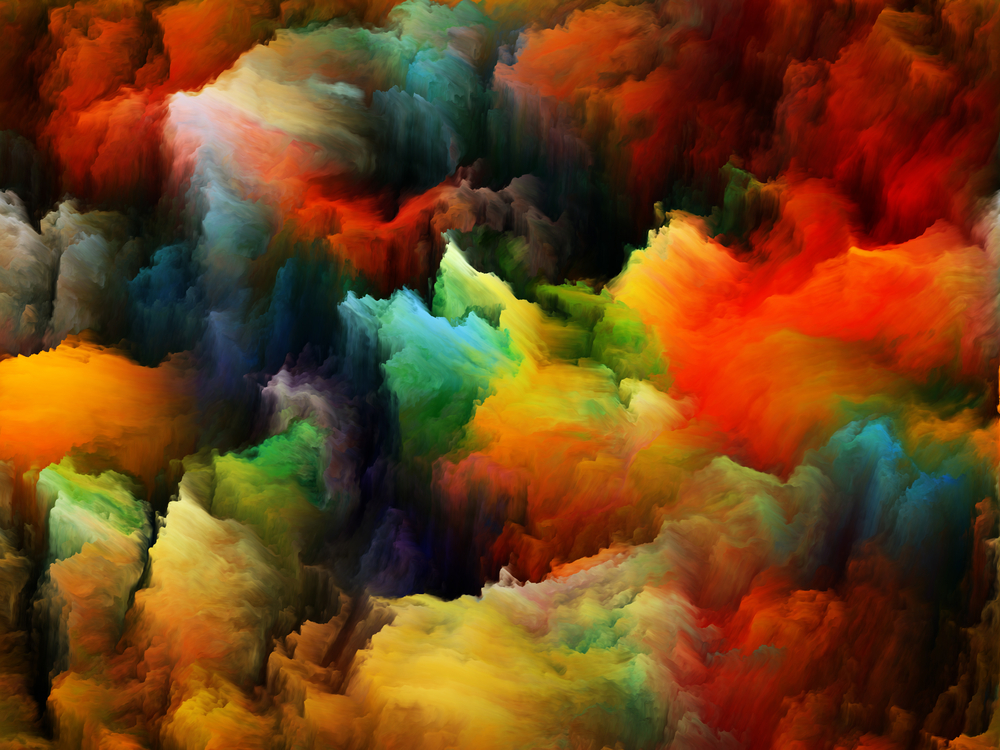
Does art imitate life, or vice versa? The juxtaposition of art and mind-altering drugs stretches back to the beginning of time. Writers, creators and artists have long used drugs like LSD, marijuana and absinthe as a sort of muse for their work. From writers like Arthur Rimbaud and Hunter S. Thompson to artists like Pablo Picasso and Andy Warhol, the list of famous creators indebted to their drug of choice is long indeed. From Symbolism and Surrealism to Modernism and Cubism, the dream-like states or sequences that have segued their way into the great artistic works of the last 2,000 years were undoubtedly drug-induced or influenced from visions acquired after taking obscene amounts of drugs to get into the right artistic state of mind.
“There was a time when art, intoxication, religion and the sacred were all the same thing,” Mike Jay, author of High Society: Mind-Altering Drugs in History and Culture, told CNN. “To the common person [opium is] just a painkiller, but to an artist, it takes [you] to places you can’t even dream of or imagine. The pleasure and the marvels are beyond your imagination. But so are the perils and the pains.”
This high society of people with artistic qualities has been around for centuries—Native Americans ate peyote, ancient Egyptians used blue lotus, Europeans drank absinthe, and Americans dropped LSD and smoked weed. The fantastical, the farcical, and the stories of witchcraft and monsters and fairies have all derived from the art and images and minds of drug takers. From The Odyssey to Alice in Wonderland to Fear and Loathing in Las Vegas, the fine line between reality and fantasy is shattered upon the consumption of drugs, as artists attempt to open the mind and broaden their artistic horizons.
Some art exhibits and simulations even started as a place for the artist to go and feel safe while he was tripping out and experimenting on drugs. Closets by Kenny Scharf, which grew to over 30 installations, started in the early 1980s as a “safe space [to] go and trip” on magic mushrooms; a Dutch artist made a skull fashioned out of cocaine; and would the Grateful Dead ever have made the impact or music they did without LSD?
“It forms a bridge into a kind of demimonde,” Jay told CNN. “I think on one level it’s as prosaic as that. On another I think drugs are about raw, unmediated experience in a world that’s increasingly mediated. We live very safe lives, relatively speaking. I think we still have a sense that there’s something connected with drugs that can take us into realms, types of immediate experiences that are hard to come by in our mediated culture. You’re taking a drug for a new experience. It could be fantastic or it could be terrible—but it’s going to feel real.”
